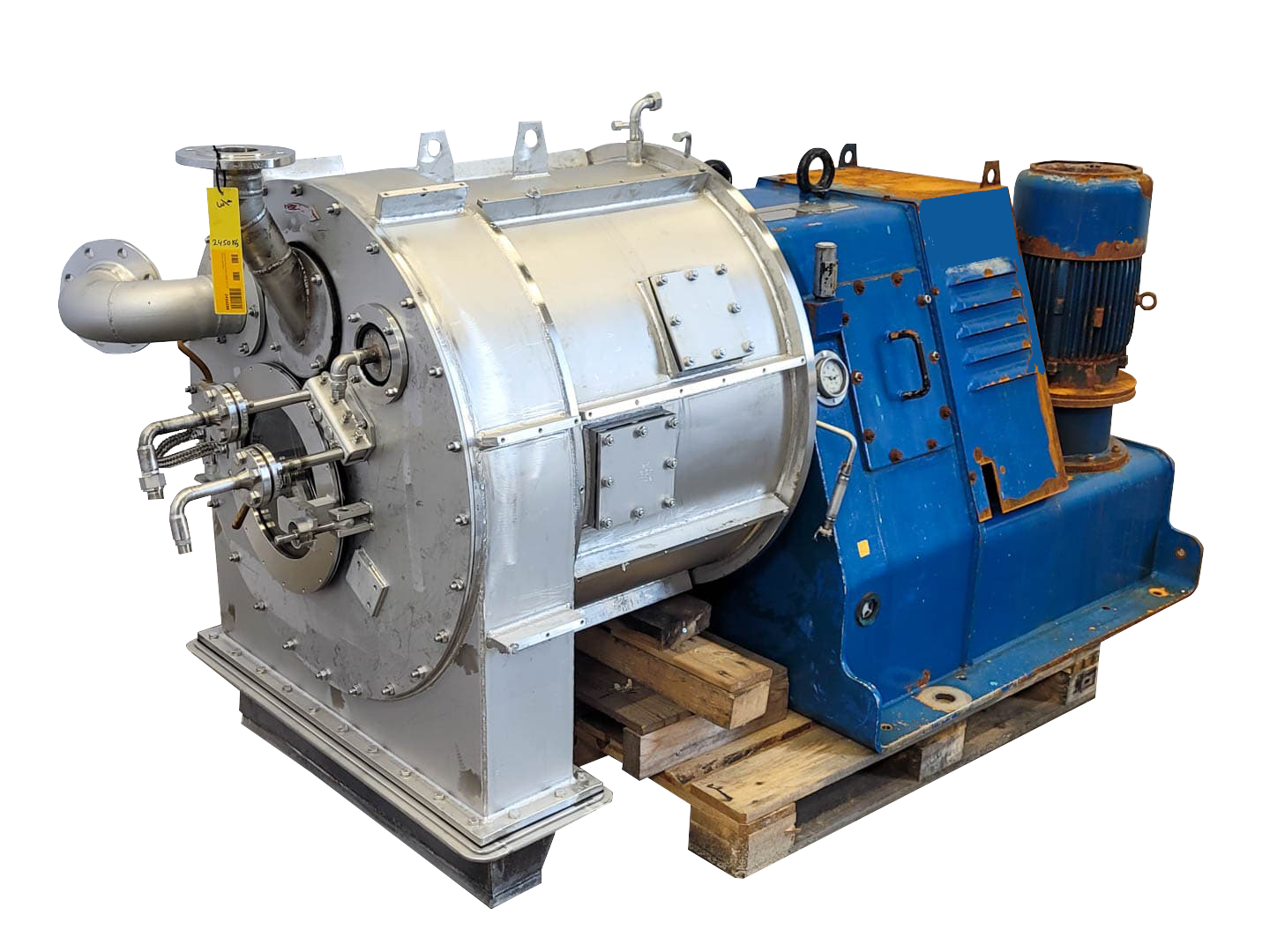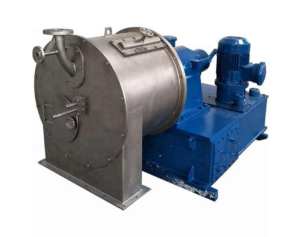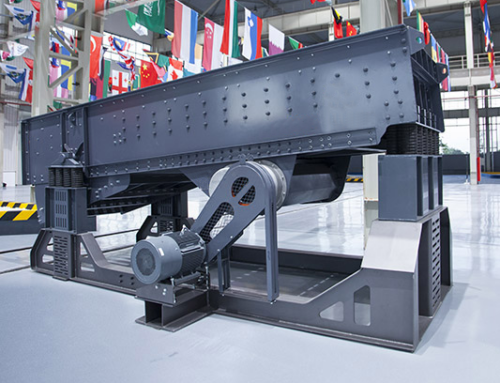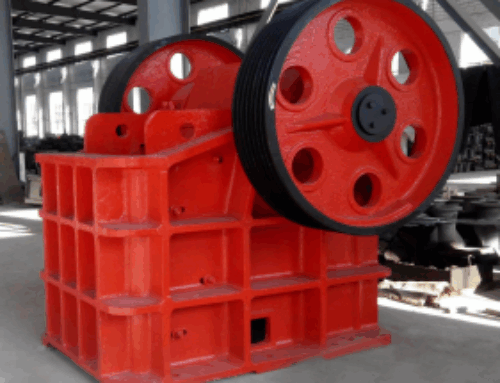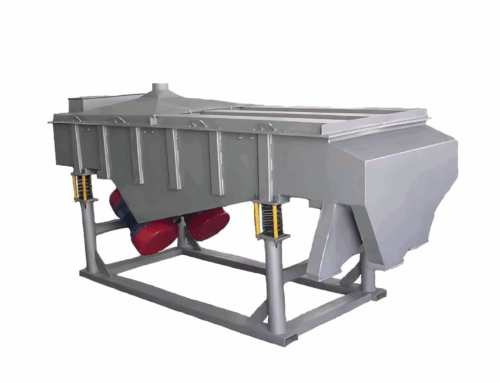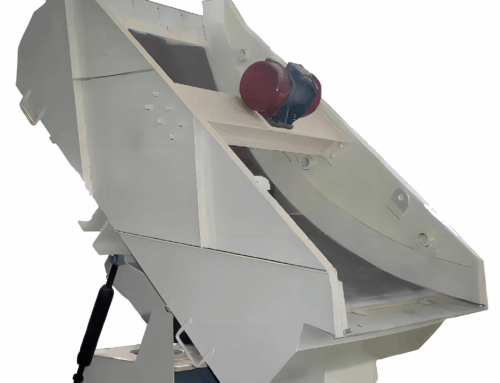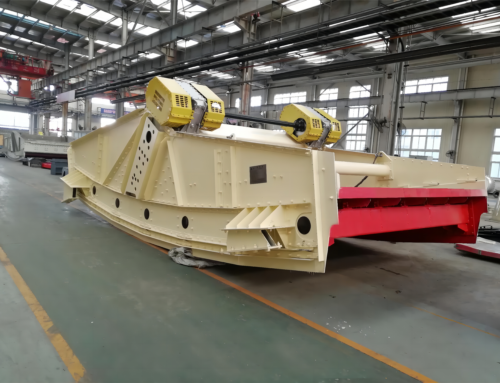As a widely used solid-liquid separation equipment in industrial production, the pusher centrifuge plays a key role in many fields such as chemical industry, pharmaceutical industry, food industry and mining industry. Its high efficiency, continuous operation characteristics, can quickly achieve the separation of solid phase and liquid phase in suspension, for the subsequent process to provide materials to meet the requirements. However, in the face of the market a wide variety of different performance of the pusher centrifuge, how to accurately select according to their own production needs, as well as in the daily operation of how to scientifically maintain to ensure long-term stable operation of the equipment has become an important skill that business users must master.
一.Selection points
1.Material Characteristics Analysis
Material Composition
It is important to know the exact composition of the solid and liquid phases of a suspension. For example, in the chemical industry to deal with suspensions containing corrosive chemicals, it is necessary to use corrosion-resistant materials for centrifuges and material contact parts, such as stainless steel 316L or even higher grade Hastelloy, etc.; Pharmaceutical industry requires that the material of the equipment meets the stringent hygiene standards, to prevent contamination of the material, and often use stainless steel 304 and the surface after fine polishing.
For materials containing flammable and explosive components, centrifuges also need to have explosion-proof design, such as the use of explosion-proof motors, explosion-proof electronic control systems, drums and other parts of the anti-static treatment to ensure production safety.
Particle size distribution
Material particle size determines the choice of filter media and centrifuge separation difficulty. If the particles are fine, close to the micron or even nano level, such as certain fine chemical products or protein precipitates in biopharmaceuticals, you need to choose a very small aperture filter, high precision centrifuges, and at the same time to consider the prevention of clogging of the filter holes, may be equipped with backwashing devices; and for the coarser particles, the distribution of mining tailings treatment, the requirements of the filter is relatively loose, but focus on the intensity of drum to withstand the larger particle Impact.
Viscosity
High viscosity materials in the centrifugal separation of poor fluidity, will reduce the separation efficiency, and even lead to uneven accumulation of materials in the drum, affecting the balance of equipment. For materials with high viscosity, on the one hand, you can choose a centrifuge model with greater thrust to ensure that the cake is discharged in a timely manner; on the other hand, you can consider preheating the material, dilution and other pre-treatment measures to reduce the viscosity and then enter the centrifuge, but this increases the additional processes and costs, the selection of a comprehensive trade-offs need to be made.
2.Treatment Capacity Requirements
Hourly Handling Capacity
Based on the factory’s production scale and process flow, the required hourly material handling capacity is calculated accurately. This requires companies to have a clear understanding of their own production planning, from raw material input to finished product output of the whole process accounting. For example, if a large fertiliser plant has to process thousands of tonnes of raw material suspension every day, it needs to use a large, high-speed and continuous operation of a strong stability of the pusher centrifuge, a single hourly capacity may reach dozens of tonnes; and small pharmaceutical R & D laboratories, the capacity of only a few litres per hour, a small desktop or mini centrifuge can meet, to avoid over-investment in equipment to cause waste.
Production continuity requirements
For continuous production enterprises, such as chemical, food and beverage industry assembly line operations, equipment downtime maintenance time must be strictly controlled, otherwise it will cause the entire production line to stagnate, bringing huge losses. This requires the selection of high reliability, less failure, maintenance and convenient pusher centrifuges, and there should be a standby unit, so that in the event of sudden equipment failure can be quickly switched to protect the production continuity; for some non-continuous production, batch operation occasions, such as some seasonal production of small processing plants, the length of continuous operation of the equipment requirements are relatively low, you can focus on the control of equipment purchasing costs, the choice of cost-effective Basic centrifuge.
3.Separation requirements
Solid phase water content
Different downstream processes have different requirements for the water content of the solid phase. In the construction material industry, when preparing cement raw material, if the water content of the solid phase separated by centrifuge (such as limestone, clay and other mixed materials) is too high, it will affect the quality of subsequent calcination and energy consumption, and it is required that the water content of the solid phase be controlled under 10% as far as possible, and it is necessary to choose centrifuge models with strong filtration performance, large centrifugal force, and the ability to exert high pressure to achieve deep dewatering; whereas in the mining tailings landfill pre-processing, where the requirement for the degree of drying of the solid phase is not harsh, the pressure of equipment selection is relatively small. In some mining tailings landfill pre-treatment, the water content of the solid phase is allowed to reach about 30%, and the pressure of equipment selection is relatively small.
Liquid phase clarification
Pharmaceutical and electronic chip manufacturing industries have very high requirements for liquid phase clarification, because tiny impurity residues may affect the purity of drugs or chip yield. This requires centrifuges equipped with high-precision filtration media, such as multi-layer composite filter cloth, ultrafiltration membranes, etc., and the drum speed should be accurately controlled to ensure the effective retention of fine particles, to ensure that the liquid phase discharged to achieve nearly pure standards; food and beverage industry also has certain norms on the clarification of the liquid phase to meet the standards of hygiene and safety of drinking, the selection of the filtration accuracy should be taken into account with the ease of cleaning the equipment, to prevent microbial breeding and contamination of the subsequent products.
二.Maintenance Points
1.Daily inspection
Appearance and connection parts inspection
Before starting the centrifuge every day, the operator should surround the centrifuge and visually check the appearance of the equipment for any damage, deformation, and whether the paint of the shell is peeling off, and if any problem is found, promptly assess the impact on the strength and protection performance of the equipment and arrange for repair. At the same time, carefully check whether the bolts of each connection part are tight, such as the connection between the drum and the main shaft, the connection between the base and the foundation, and the connection between the pipeline interfaces, etc. Loose bolts may cause violent vibration or even parts falling off, and can be tightened with spanners according to the specified torque one by one.
Transmission system check
Check the belt or chain tension, too loose easy to slip affect transmission efficiency, accelerate wear and tear, too tight to increase the shaft bearing force, shorten the service life, generally to finger pressure belt sinking 10 – 15 mm in the middle of the appropriate, inconsistent with the adjustment through the adjustment of the tensioning device to adjust; check the lubrication of transmission components, such as whether the gear box oil level is in the range of the normal scale, the lubricating oil is not deteriorated, the phenomenon of emulsification, and timely replenishment or replacement of qualified lubricants to ensure that gears, bearings, lubricants, and other components. Qualified lubricating oil, to ensure that gears, bearings and other transmission parts are well lubricated to reduce friction resistance and wear.
Filtration system inspection
Observe whether the filter screen or filter cloth is broken or clogged, tiny holes may lead to solid-phase material leakage into the liquid phase, reducing the quality of separation, and need to be replaced in a timely manner when found broken; clogged filter screen will make the filtration resistance increase dramatically, and the separation efficiency will decrease, and can be used to clean up regularly by compressed air blowing, rinsing, and other simple methods.
2.Troubleshooting
Abnormal vibration fault
When the centrifuge runs with abnormal vibration, first stop the machine and investigate the reasons from various aspects. It may be that the drum is out of balance, as mentioned above, according to the dynamic balance test and repair process; it may also be uneven distribution of materials, adjust the feeding speed, concentration, optimize the feeding method, to ensure that the material enters the drum uniformly; you also need to check the foundation for loose bolts, transmission parts damage (such as belt tear, bearing wear and tear) and other mechanical problems, as well as resonance, through the change of the equipment speed to avoid resonance zone or strengthen the foundation of equipment By changing the speed of the equipment to avoid the resonance zone or strengthening the equipment foundation shock absorption measures to be resolved.
Fault of poor separation effect
If the water content of the solid phase is too high or the liquid phase is poorly clarified, first check the filtration system, whether the filter mesh filter cloth is broken or clogged, if so, clean up or replace it in time; secondly, consider whether the speed of the centrifuge is normal or not, and the speed is insufficient to reduce the centrifugal force, affecting the separation effect, check the motor and the transmission system with or without faults, repair the motor faults, adjust the belt or chain ratio of the transmission so that the speed of the speed up to the standard; in addition, the material properties change, such as In addition, changes in the nature of the material, such as viscosity increases, particle size becomes fine, will also lead to separation difficulties, this time need to be combined with pretreatment measures (such as heating viscosity reduction, grinding and refining, etc.) and fine-tuning of equipment parameters (such as appropriate prolongation of the separation time, increase the number of times to push the material) to improve the separation effect.
Mechanical seal leakage fault
For centrifuges with mechanical seals, leakage at the seal will contaminate the material and damage the equipment. The reason for leakage is common for the sealing surface wear, may be due to hard particles in the material into the sealing surface, improper installation or long-term operation of the aging caused by the need to dismantle and replace the mechanical seals, while optimizing the material pretreatment process, to remove the hard particles, the installation of the installation in strict accordance with operating procedures to ensure that the sealing installation accuracy; In addition, the sealing of sealing at the sealing of the aging, failure can also cause leakage, re-coated with compliant sealant, good sealing protection. sealant, and do a good job of sealing protection.
Pusher centrifuge selection and maintenance is a systematic project, involving material characteristics, production processes, equipment performance, site conditions and other factors. Accurate selection is the premise of guaranteeing efficient production, enterprises need to consider all aspects of their own needs, weighing the investment in equipment and long-term operational benefits; scientific maintenance is to extend the life of the equipment, to ensure stable operation of the key, daily inspection, regular maintenance, rapid diagnosis of faults can not be avoided.

